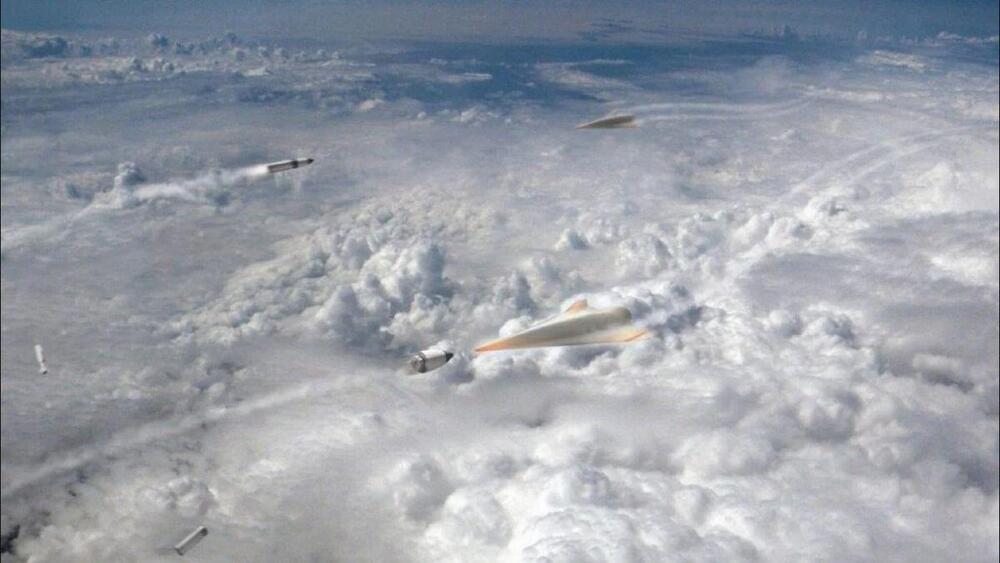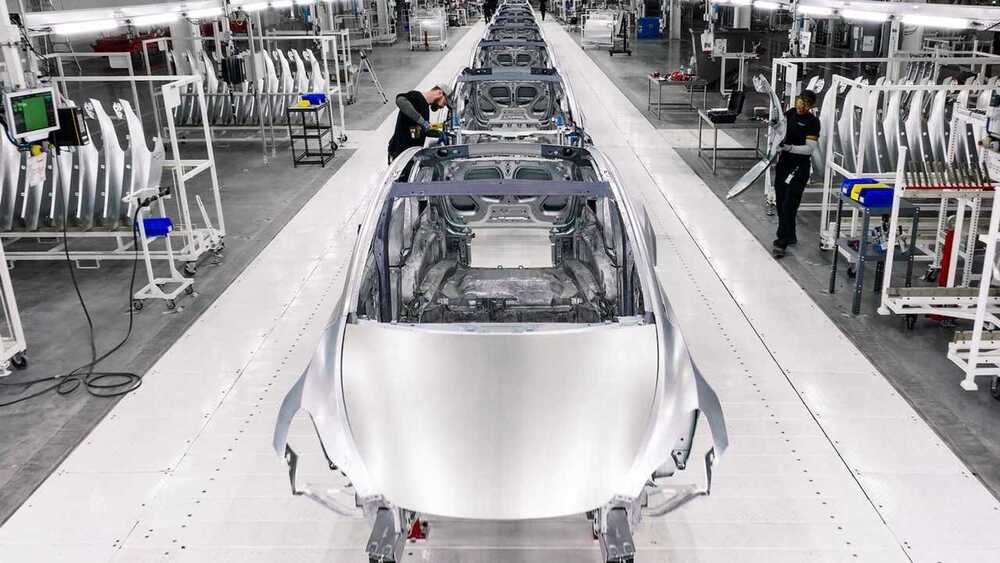Revo Foods.
This is according to a press release acquired by Interesting Engineering on Tuesday.
Revo Foods.
This is according to a press release acquired by Interesting Engineering on Tuesday.



An insect-sized robot powered by tiny explosions can crawl, leap and carry a load many times its own weight.
The robot, developed by materials engineer Robert Shepherd at Cornell University in Ithaca, New York, his PhD student Cameron Aubin and their colleagues, is powered by tiny actuators. “The actuator kind of looks like a drum. It’s a hollow cylinder with an elastomeric silicone rubber on the top,” says Aubin.
The researchers used four actuators to drive the robot’s feet. To make the robot jump or crawl, a stream of methane and oxygen is fed into each foot and sparked with electricity from a battery. The resulting reaction between the gases to form water and carbon dioxide releases energy as a small explosion, causing the rubber layer to deform. “That acts sort of like a piston,” Aubin says.

The Pentagon’s Defense Advanced Research Projects Agency (DARPA) has chosen Boeing to develop a prototype and conduct flight testing of its upcoming Glide Breaker hypersonic interceptor. An interceptor is a weapon designed to destroy other missiles mid-flight before they reach their targets. Glide Breaker is a planned huge leap forward in missile interceptors, as it’s designed to target the highly maneuverable class of weapons known as hypersonic glide vehicles, which are able to execute abrupt “zig-zag” maneuvers as they glide unpowered through Earth’s atmosphere at speeds of Mach 5 and higher. (Mach 1 is the speed of sound — about 767 mph, or 1,234 kph, at sea level.) This combination of speed and maneuverability makes such weapons much harder to defend against than traditional missiles.

Needless to say, this could transform the way Tesla builds EVs and contribute decisively to halving production costs, which is a long-time goal of CEO Elon Musk.
The sources said the know-how to achieve that is core to Tesla’s “unboxed” manufacturing strategy unveiled by Elon Musk in March, which is key to his plan to build tens of millions of cheaper EVs over the next ten years, and still turn a profit.
Two of the insiders said Tesla’s new design and manufacturing techniques could allow the company to develop a car from the ground up in 18–24 months, compared to 3–4 years for most rivals.
According to the Organisation for Economic Co-operation and Development estimates, transportation accounts for 27 percent of global carbon emissions. Powered by fossil fuels, road-based transportation contributes 80 percent of these emissions and therefore countries are aggressively pushing for the electrification of vehicles. While major advances have been made for passenger cars and air transport, water transport is still lagging. Yara’s new cargo ship might just lead the way.

What would happen if, instead of buying the newest iPhone every time Apple launches one, you bought that same amount of Apple stock? There is a tweet floating around saying that if you had bought Apple shares instead of an iPhone every time they came out, you’d have hundreds of millions of dollars. The math is off (if you’d spent $20k on Apple stock when the rumors of the iPhone first started, you’d have $1.5 million today, at best) but in any case – it’d only make sense if you were clairvoyant in 2007, and knew when Apple would be launching phones, and at which price.
I figured a more fair way of calculating it would be to imagine buy a top-of-the-line iPhone every time Apple releases a new iPhone, or spend the same amount on Apple stock. If you had done that, by my calculations, you’d have spent around $16,000 on iPhones over the years (that’s around $20,000 in today’s dollars). If you’d bought Apple shares instead, you’d today have $147,000 or so — or a profit of around $131,000.

When Elon Musk announced the team behind his new artificial intelligence company xAI last month, whose mission is reportedly to “understand the true nature of the universe,” it underscored the criticality of answering existential concerns about AI’s promise and peril.
Whether the newly formed company can actually align its behavior to reduce the potential risks of the technology, or whether it’s solely aiming to gain an edge over OpenAI, its formation does elevate important questions about how companies should actually respond to concerns about AI. Specifically:

Source: Imperial College/ESA
The engine called the Iridium Catalysed Electrolysis CubeSat Thruster (ICE-Cube Thruster) is based on electrolysis, a process that splits water into hydrogen and oxygen using an electric current. The hydrogen and oxygen are then fed into a combustion chamber and nozzle less than 1mm in length to produce thrust.